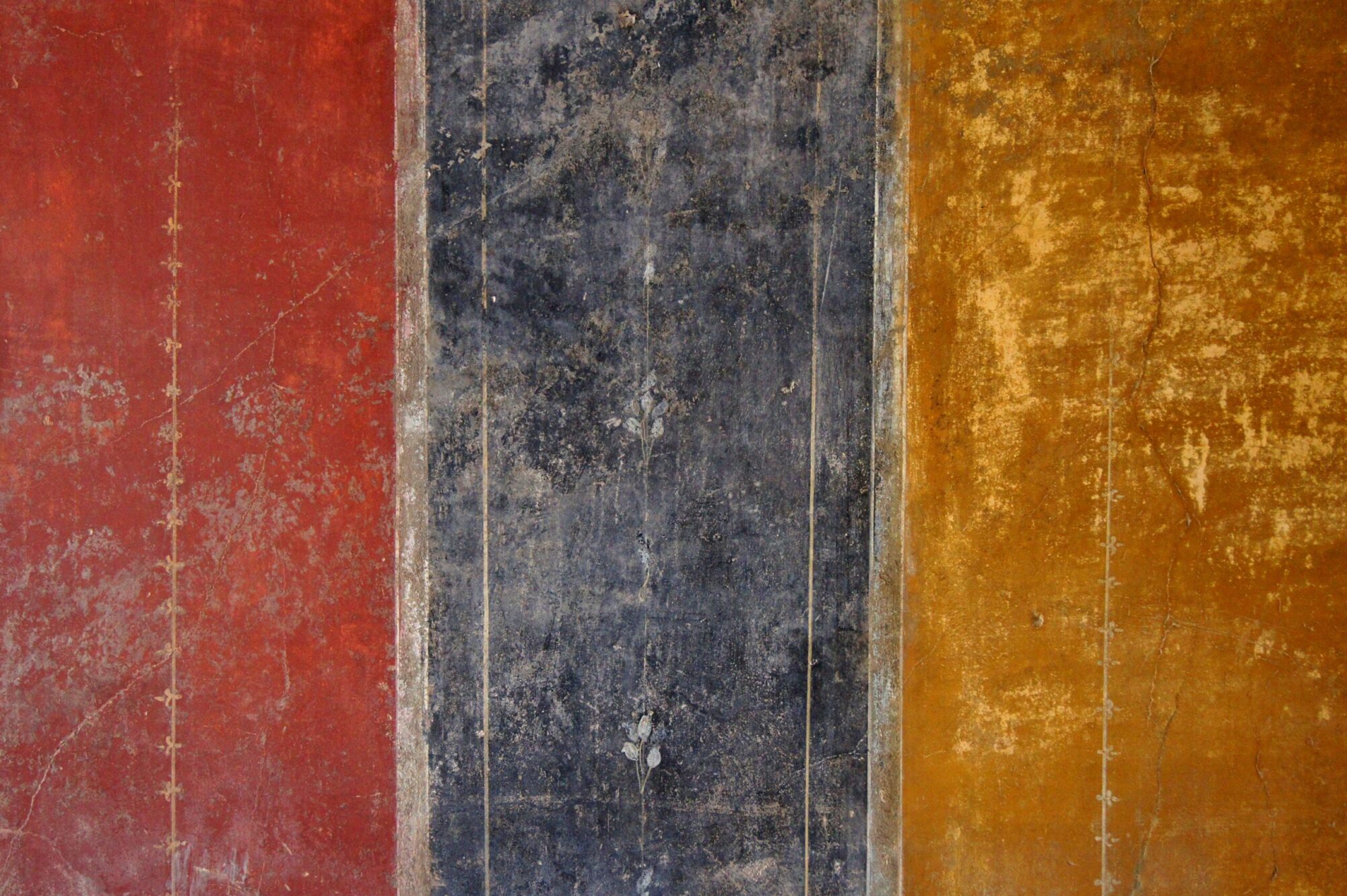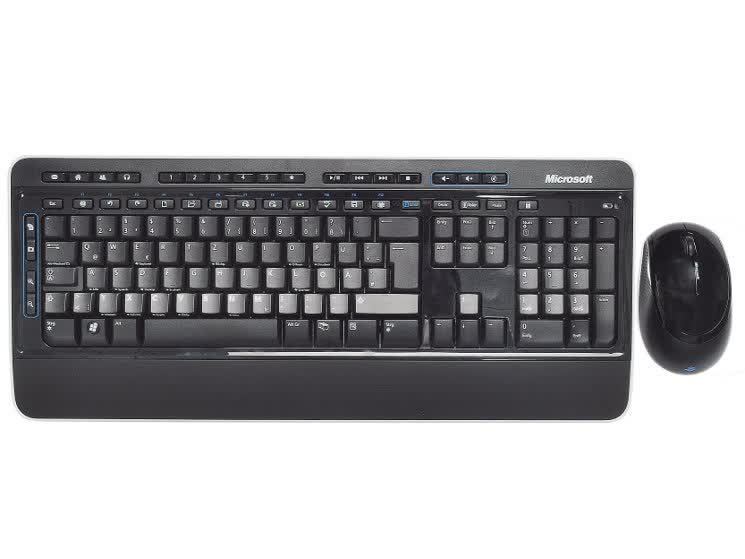Or makefiles to anyone else…
This is just to make sure I can reproduce the exact builds when using Visual Studio’s IDE. The settings tend to be in dialogue boxes that require manual changes. These instructions show where to find the key changes.

Two main sections. There is the IDE settings themselves and also the projects Configuration Properties. Note that debugging is in with the IDE and not with the compiler configuration.
Further down will be a discussion on how to update Visual Studio directly via its XML files.
Continue reading “Visual Studio C++ IDE settings”
